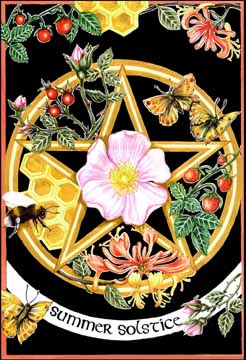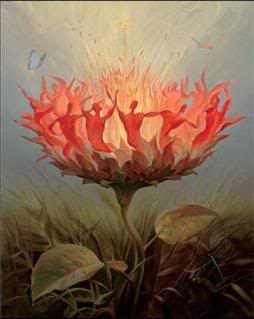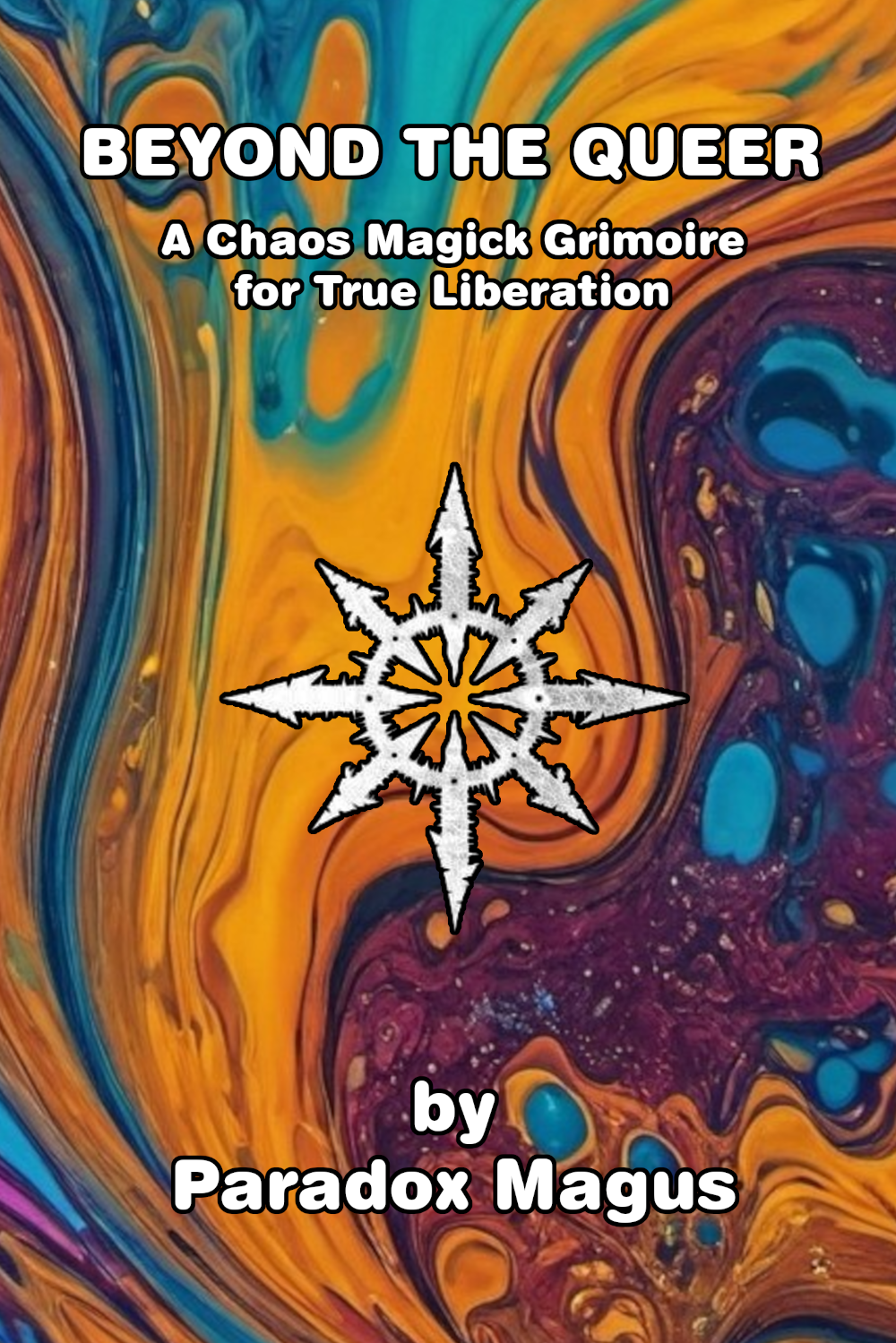
On the 20th or 21st of June the Sun enters Cancer reaching its highest point in the sky. The Earth is as close as it can get within its course to the Sun. It is the longest day of the year and the shortest night. The solstice signals the beginning of the summer in our current calendar.
Litha is the old Germanic name for summer and in neo-paganism it is considered one of the four minor Sabbats. At this point in the wheel of the year the Oak King (God of Light) hands over to his brother the Holly King (God of Darkness) the reign for the remaining half of the year.
It is one of the celebrations for which there is archaeological evidence dating back to the Neolithic period, as for example the Stonehenge complex.
The Romans dedicated this date to the god Janus. They invoked his protection and blessing before a departure, a return or any new activity.
Christianity took St. John as a substitute for the pagan god. The night of St. John is celebrated on the 23rd of June. Folklore makes it a special night in which we are more likely to make contact with goblins and fairies.
Fire is the element that can' t be missing on this night. The Celts, the Germans and other peoples of northern Europe lit large bonfires and kept them burning all night long, symbolising the conquest of light, achieving a day of three days. In other cultures, bonfires gave way to torches or candlelight processions.
It is said that the Celtic bonfires also served to let neighbouring villages know that they were celebrating the festival.
In ancient times it was believed that the plants that blossomed or germinated during the solstice had greater healing power, so they dedicated this night to the gathering of herbs.
It is a good time to reflect on the exaltation and decadence of things. What goes up, comes down. We can prepare trips or celebrate the arrival of loved ones. We can cast spells of protection and purification.
Favourable time to celebrate weddings or any fertility ritual. The tradition of pagan weddings belonged to the time between Beltane and Lammas.
Correspondences
Colors: green, yellow, orange.
Symbols: circle, spiral, crab, horns.
Talismans: gold jewellery, yellow and orange objects, ivory or horn-shaped amulets, male fern seeds, sun-dried chicory.
Flowers: roses, sunflowers.
Food: pine nuts, strawberries, cherries.
Herbs: lavender, verbena, St. John's wort (Hypericum).
Activities: jumping over fire, practising magic with elemental beings, dancing, spells of protection, divination, and purification. Pilgrimage to springs.


